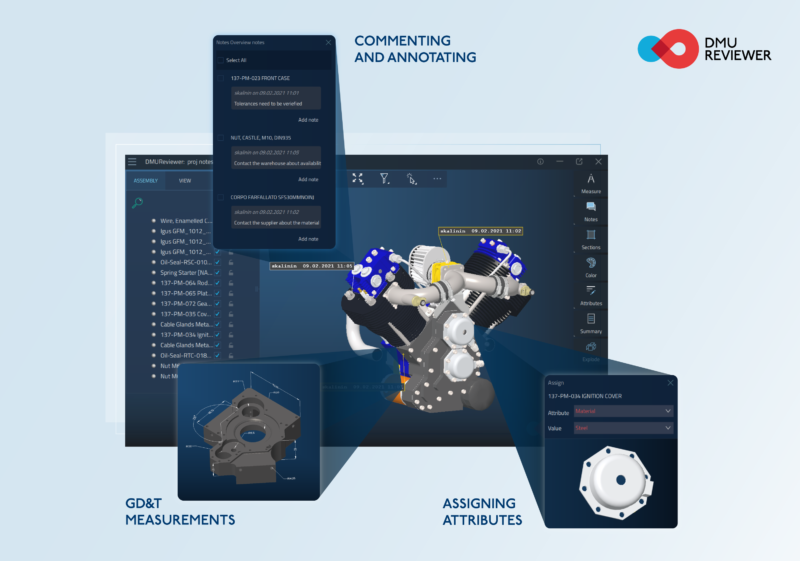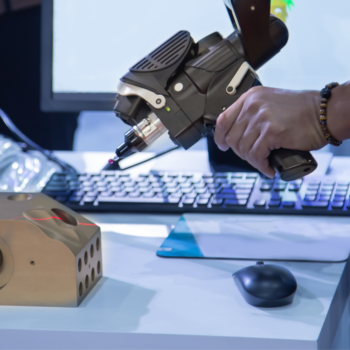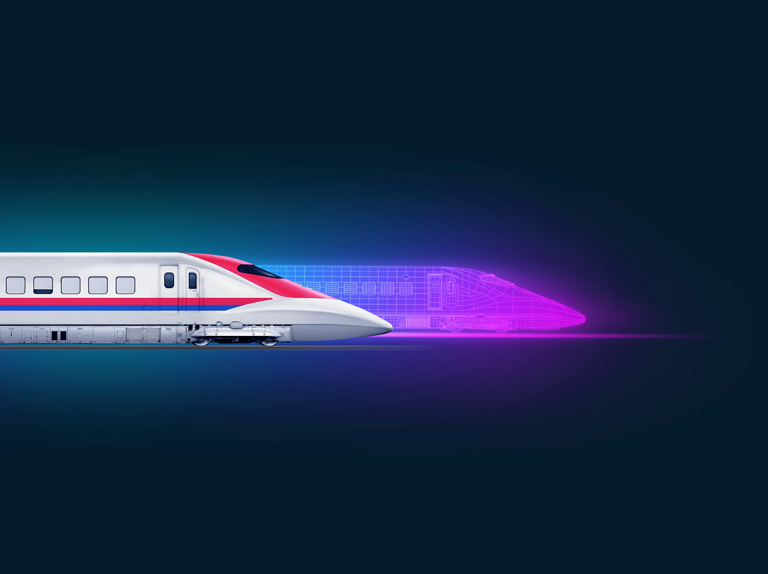
Challenge
The lack of digital continuity in modern industrial world breaks down silos and leads to considerable communication gaps between different departments. Despite the evident benefits, digitalization still extends over a small range of businesses, while the rest of companies, especially small ones, continue rely on workflows from the analog era. When it comes to industrial and manufacturing design and engineering, here we speak about low paced movement from 2D drawings to 3D models which are definitely more informative, easy-to-use and more adaptable to changes. Even if the transition from paper-based 2D drawings to digital 3D has been performed, a universal enterprise solution is required in order to give access to 3D models to all stakeholders. It often happens that employees use various CAD systems and the synchronization issue appears. Plus, existing CAD viewing solutions can be obsolete and do not respond to performance and multi-format support requirements.Technology solution
To enable smooth cross-department collaboration on 3D data, Open Cascade introduces a powerful software DMU Reviewer . It is an easy-to-use application which can be operated even by people with little CAD experience. All stakeholders can open CAD files (more than 20 formats are supported), view them, make initial design analysis, leave comments and share them with other team members.
Plus, today not only 3D geometry matters, but auxiliary engineering and manufacturing information which comes with the model is very important for downstream usage. In this case, Model-based definition (MBD) is what the most prospective and competitive companies strive for. This is a new generational approach that allows companies to define, organize, share, store and publish industrial product information in tandem with a 3D model in compliance with regulations and standards. Apart from geometry, the annotated 3D model contains such manufacturing information as dimensions, and tolerances, roughness, thicknesses, notes, domain-specific data and auxiliary attributes. To help businesses keep up with trends of digitalization, Open Cascade embedded this approach into DMU Reviewer, which bridges technological and communication gaps allowing all stakeholders stay in the context and access the up-to-date design and engineering information throughout the product lifecycle. DMU Reviewer model-based definition capabilities include:
DMU Reviewer model-based definition capabilities include:
- Collaboration is made easier due to opportunity to annotate 3D models and exchange comments among people involved.
- PMI can be quickly visualized and analyzed in order to be used in downstream processes.
- Geometrical tolerancing is implemented in accordance with ISO 1101:2012 and visualization of GD&T data in a 3D scene in compliance with ISO 16792:2015.
- Detailed analysis of 3D geometry can be performed thanks to advanced feature set (both exterior and inside parts and components can be easily searched and accessed).





